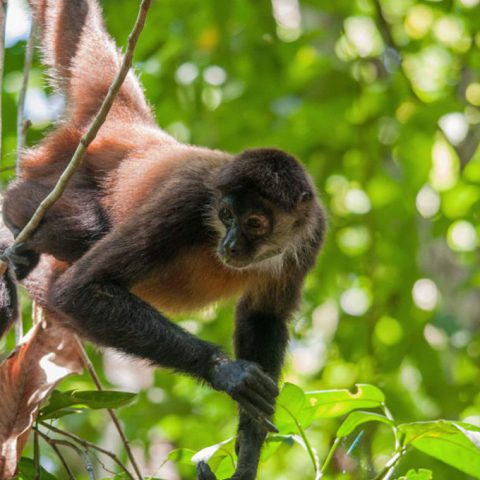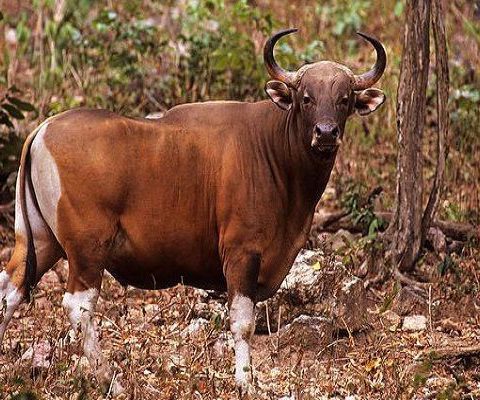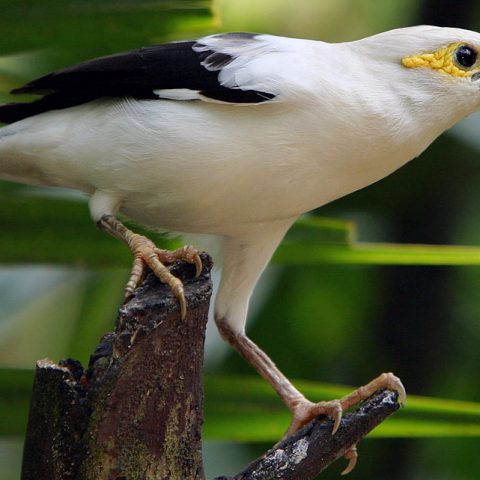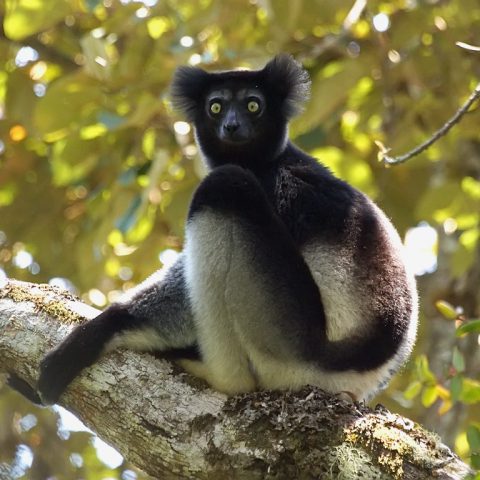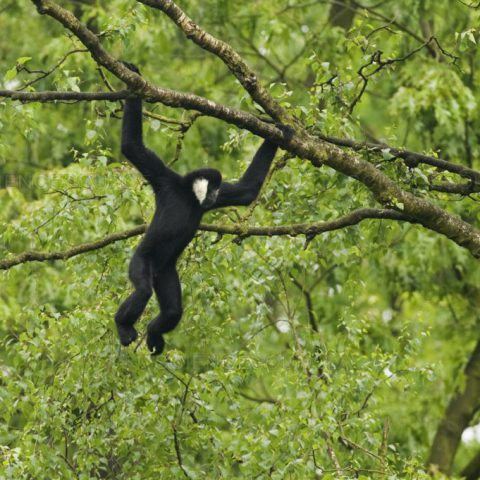Greater Bamboo Lemur
![]() Critically Endangered
Critically Endangered
Population
Between 250 and 500 individuals remain
Size
26 – 50 centimetres
Weight
Up to 2.5 kilograms
Countries
Madagascar
Distribution
The estimated remaining population of the Greater Bamboo Lemur is estimated to be around 250 – 500 animals found in 11 subpopulations. This in its own is great since the species was believed to be extinct until being rediscovered in 1986.
A small population of around 22 animals are kept in captivity.
It is believed, through survey of south and central eastern Madagascar which have 11 different subpopulations spread over the areas, however the species current range is less than 4 percent of its historically distribution. A lot of this has occurred due to the species having such a specialised diet of bamboo and having a microhabitat preference.
The species is found in the rainforest of Ranomafana and Adringtra as well as being found in patches in the connecting corridor between the two forests. The species is also found in the vicinity of Vondrozo
Description
The species has a head and body size ranging between 26 centimetres to 46 centimetres in length while sporting a tail between 24 and 56 centimetres. These measuremenats makes the species the largest of all bamboo lemurs in the world.
The animal can be identified by its distinctive pale grey or white ear tufts. The body of the species is covered with a dense coat of greyish-brown fur, reaching a darker olive-brown colour on its head, shoulders and upper arms. A more recently discovered subpopulation of the species has displayed a more golden-red coat without ear tufts.



Quick Facts
- The species is most active around the dawn and dusk of the day, leading into the night and is often found on the ground
- The species lives in groups most often between 4 and 7 individuals, but sometimes up to 12
- The species was not seen for around 100 years
- The gestation period for the species is 149 days, with the mating season being between May and June with births occurring around November in between the dry and wet seasons
- Each birth will be for one animal each year, which will then be weaned for around 8 months, with Male offspring will leave the group between 3 and 4 years of age
The diet of the Greater Bamboo Lemur is bamboo. Giant Bamboo makes up 95% of the animal’s diet, while 3% is on other bamboo species, 0.5% on fruit and 1.5% on soil and mushrooms. Their feeding habits depend on what season it is, eating the softer parts of the bamboo between July and November and eating shoots when they start appearing in December.
The species spends the majority of its life in rainforests which are associated with giant bamboo. However the species has been observed in agricultural plantations which support giant bamboo close to their native forests.
The main threat facing the species is habitat loss due to the species very restricted range. Habitat loss is occurring due to slash-and-burn agriculture as well as extensive cutting of bamboo. As a result of the habitat loss, the species also encounters fragmentation and disturbance which effect their numbers.
Hunting is also a threat in some regions.
Conservation Efforts
Aspinall Foundation Madagascar Programme
Created in 2009 with a goal to work with local partners for the conservation of species and their habitats in the region with a primary focus on the Greater Bamboo Lemur, having made successful progress in surverying of new sites in the Ankeniheny-Zahamena Corridor in the central region of the south-eastern rainforest and having doubled numbers of the species in the wild.
Sporting 9 trained teams, combing to be 24 local community members, they monitor groups, collect information on all lemur species in the area which are endangered and then taking follow up conservation measure including destroying illegal lemur traps.



